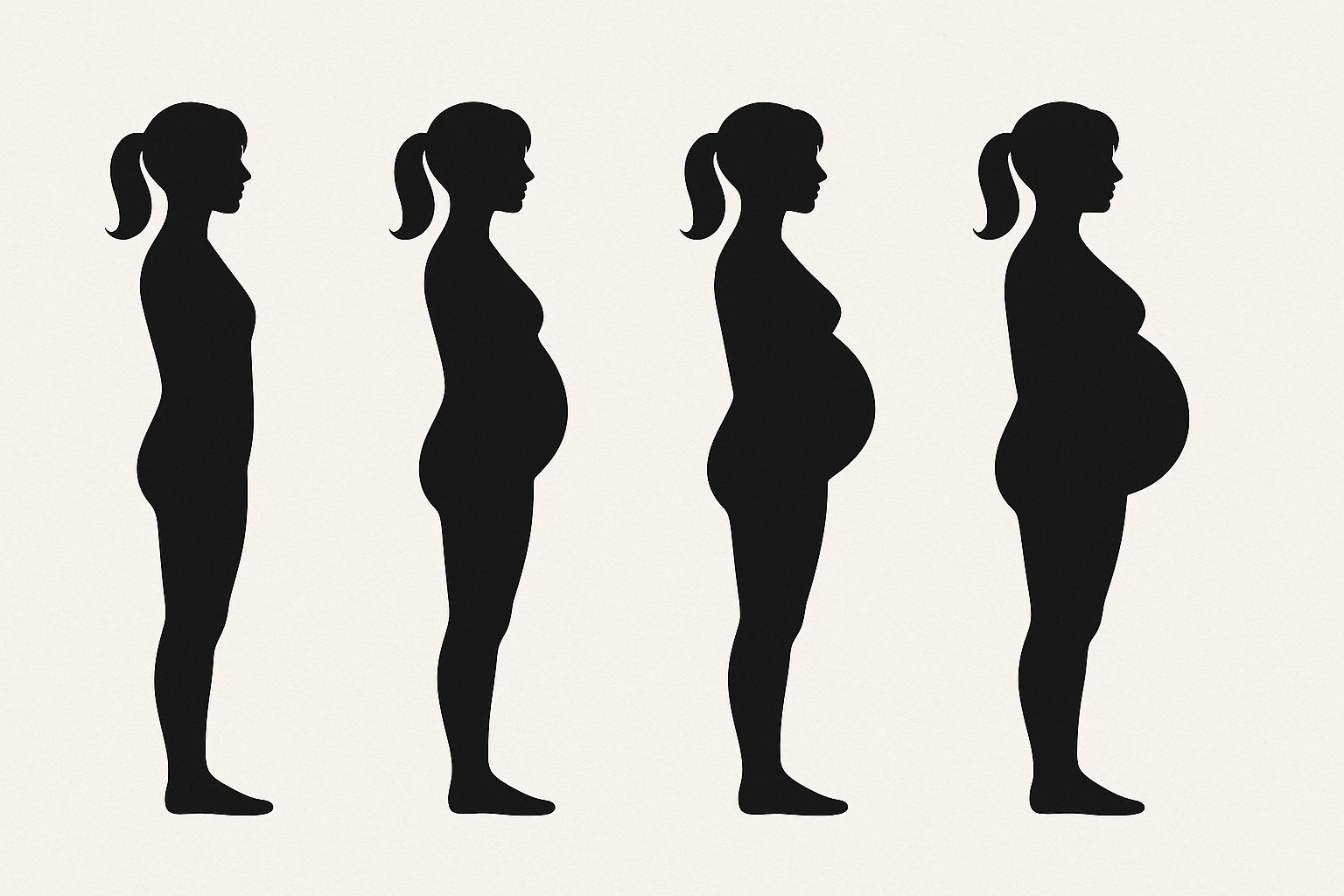After discussing the implication of spinal functional lesions on sensory mapping (dysaffenrentiation), Dr. Kent addresses a much lesser known aspect of nerve regulation called dysponesis. Dysponesis means abnormal management of energy expenditure, either not enough energy assigned for a task or wasted energy on another.
For most people thinking about energy expenditure, the idea of burning up too many calories AKA energy on a task sounds like a good deal, but from an evolutionary perspective, the production of energy uses up a lot of precious resources (food, digestive, and metabolic work), and your nervous system is supposed to evaluate energy needs and expand as little as possible for a particular task in order to preserve resources for other needs. To some extent, the reason that there are over 8 billions of us on the planet is because our nervous system get a high Energy Star rating. Conversely, the body also knows when to assign enough energy to a crucial task that will keep you alive (pregnancy, flight response).
The challenge in connecting the dots between spinal functional lesions we see in our day to day chiropractic practice and dysponesis is that the latter can be difficult to measure. Chiropractors of past generations had some rather interesting, albeit rudimentary tools: surface heat measurement devices for example. In the early 2000, surface EMG device were quite popular in many chiropractic practices because they were non-invasive, quick, and easy to use. The surface EMG device measure electrical activity of superficial muscles, mostly on either side of the spine in the intrinsic muscle groups, but sometime also along the extremity where you could see a lot of abnormal muscle tone and random contractions from a pinched sciatic nerve for example. There is good research of what a normal paraspinal muscle activity graph should look like at rest, and the difference from an EMG reading on the side of a hot cervical spinal misalignment is striking. Spinal muscles burn up a lot of fuel, so some of these areas of high activity of the EMG indicate some poor energy usage. It also means that the muscle group could fire excessively when it is not supposed to (spasm, tightness), or that it could fail to fully contract and protect your neck when jarred (instability, susceptibility to injury).
Even more fascinating to me, after 26 years in practice, is the correlation between fatigue and chiropractic lesions. There is local fatigue, such as patients reporting that their head feels suddenly too heavy to hold, or that a leg “ feels like lead “. Those symptoms have no good orthopedic explanation until you look at it as a manifestation of dysponesis. They often spontaneously resolve after a few adjustments. There is also more general fatigue. Patients with acute spine injuries often report feeling totally wiped out even through they are adequately resting. I used to think that the pain was the source of the fatigue, but I have seen enough patients who had pretty modest pain from a new injury with comparatively high fatigue symptoms to now recognize that the neurological dysregulation of energy expenditure probably plays a bigger role than recognized.
https://www.researchgate.net/publication/320306138_Heart_Rate_Variability_to_Assess_the_Changes_in_Autonomic_Nervous_System_Function_Associated_With_Vertebral_Subluxation






